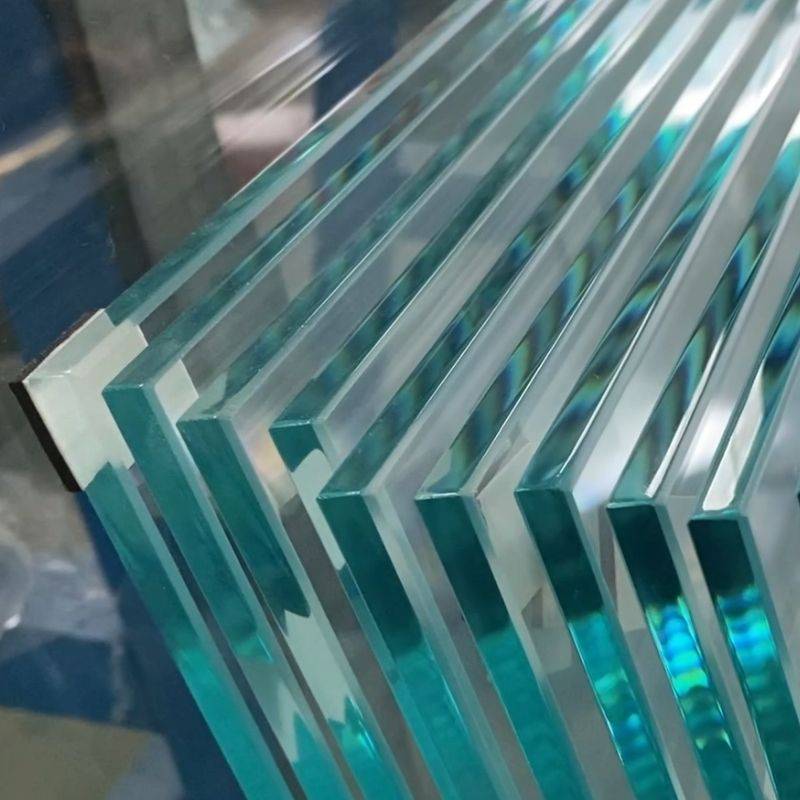

Understanding Low-E Glass A Sustainable Choice for Modern Architecture
In recent years, low-emissivity (low-E) glass has emerged as a pivotal innovation in modern architecture, significantly enhancing energy efficiency and thermal performance in buildings. As sustainability becomes increasingly critical in the construction industry, low-E glass is recognized as a vital component in creating environmentally responsible and energy-efficient structures.
Low-E glass has a special coating that reflects infrared light while allowing visible light to pass through. This unique property is crucial in regulating temperature within buildings. By reflecting heat back into the room during colder months and keeping it out during warmer months, low-E glass helps maintain a consistent indoor temperature. This thermal performance significantly reduces the reliance on heating and cooling systems, leading to decreased energy consumption and lower utility bills.
Understanding Low-E Glass A Sustainable Choice for Modern Architecture
Moreover, low-E glass can help reduce the building's carbon footprint. The reduction in energy consumption translates to fewer greenhouse gas emissions, which is vital in the fight against climate change. This ecological advantage is a significant incentive for architects and builders to incorporate low-E glass into their designs, aligning with the growing regulatory and social push towards sustainability.

In addition to its thermal benefits, low-E glass also offers superior UV protection. The coating reflects a significant portion of ultraviolet rays, which are responsible for fading fabrics, artwork, and other materials in the interior. By minimizing UV exposure, low-E glass helps preserve the aesthetic integrity of indoor spaces, extending the life of furnishings and décor.
The aesthetics of low-E glass have also evolved, allowing architects to integrate this technology seamlessly into their designs. Available in various tints and finishes, low-E glass can complement a wide array of architectural styles. Whether for residential, commercial, or institutional buildings, the versatility of low-E glass enhances visual appeal while promoting energy efficiency.
From an economic perspective, the initial investment in low-E glass can be offset by long-term savings on energy costs and maintenance. Although low-E glass might come at a higher upfront cost compared to traditional glazing options, the return on investment can be significant. Many building owners report substantial reductions in their energy bills, often recovering the additional cost within a few years. Furthermore, buildings equipped with low-E glass often have higher resale values, appealing to environmentally conscious buyers.
As the demand for energy-efficient solutions continues to rise, the adoption of low-E glass is expected to grow. Regulatory frameworks, such as energy efficiency standards and building codes, increasingly favor the use of low-E glass in both new constructions and renovations. This trend highlights the recognition of low-E glass as not merely a luxury but a necessity for modern architectural design.
In conclusion, low-E glass represents a significant leap forward in building technology, offering a blend of aesthetic, economic, and environmental benefits. As architects and builders continue to prioritize sustainability and energy efficiency, low-E glass will undoubtedly play a crucial role in shaping the future of construction. By choosing low-E glass, we are not just investing in better buildings; we are contributing to a sustainable future for generations to come.